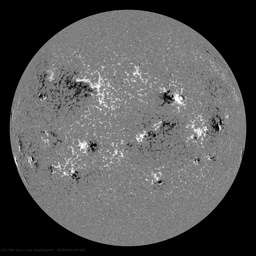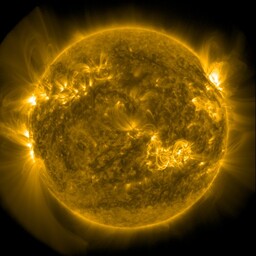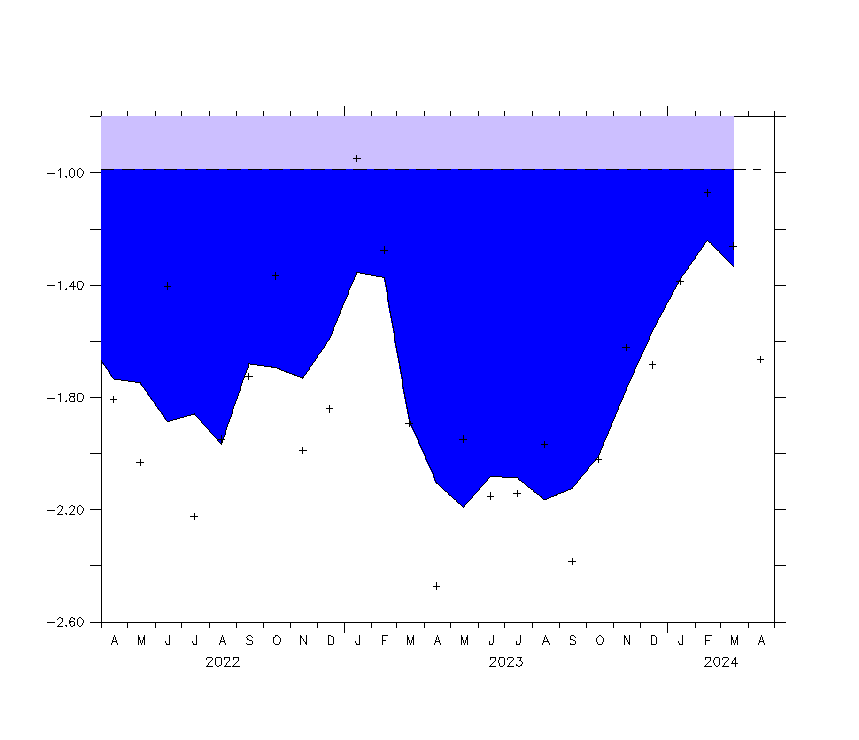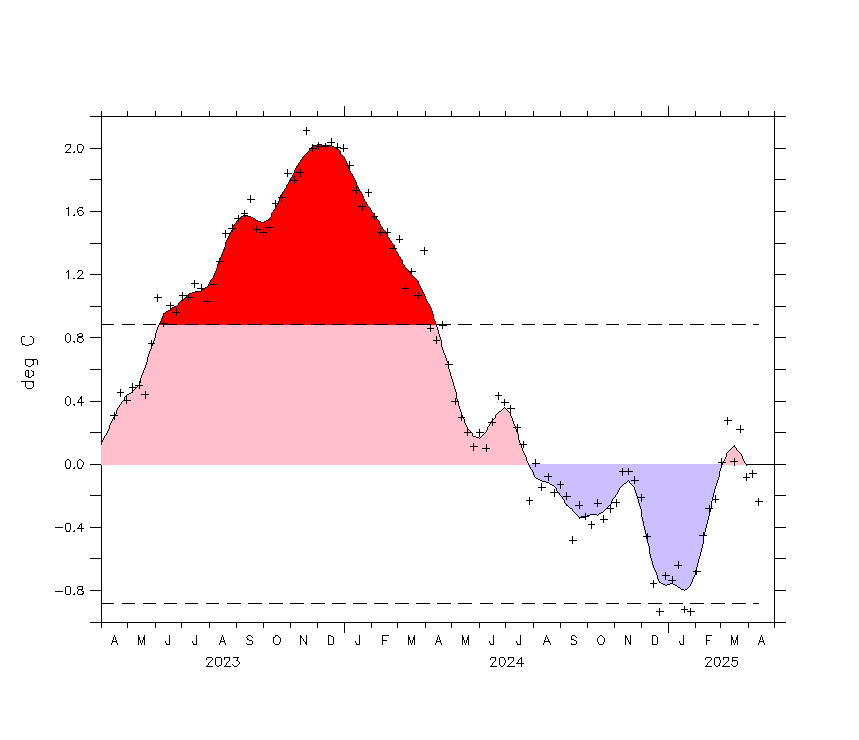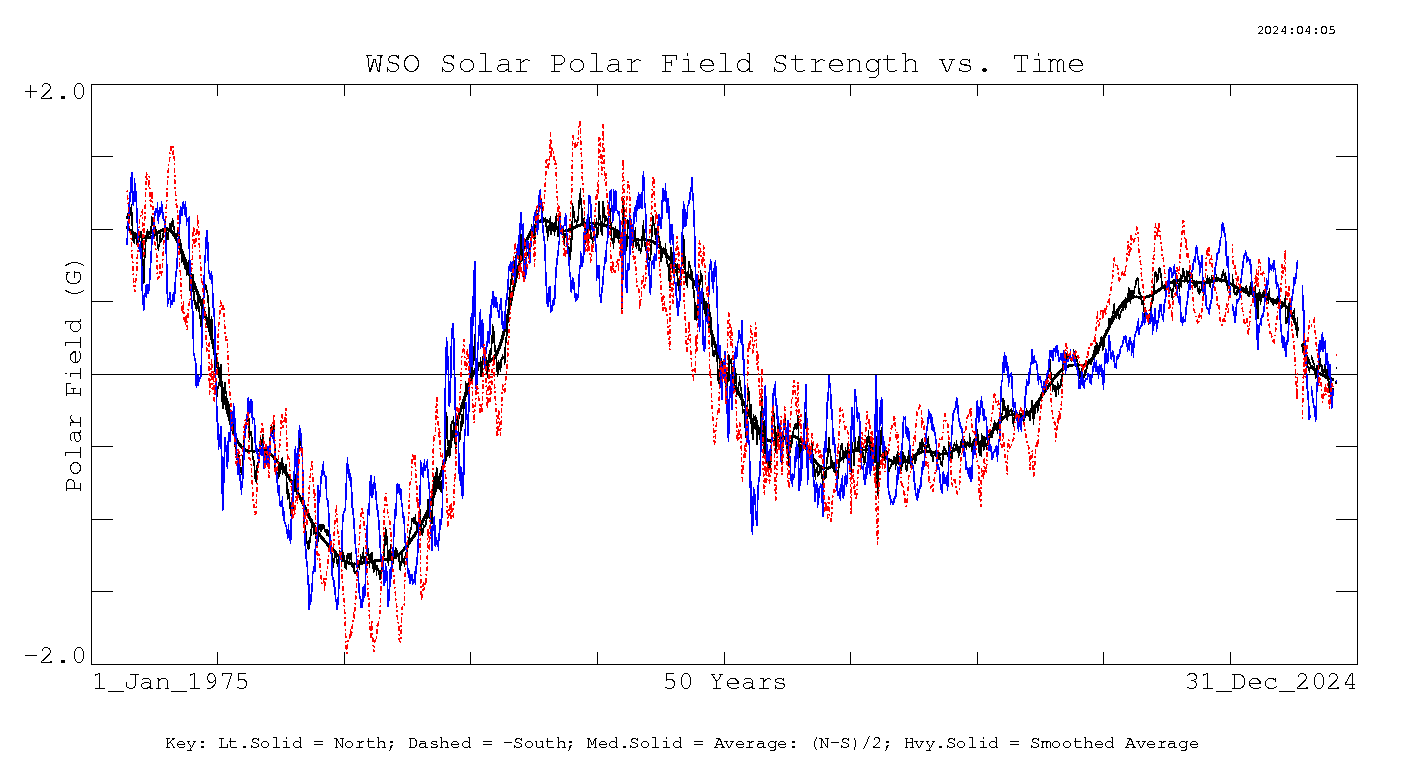
Dr. Nicola Scafetta has sent me his latest paper which could provide a viable mechanism for planetary influence over solar output. This paper directly challenges those within the Babcock camp that dismiss planetary theory on the grounds of no "physical mechanism". Nicola now joins Wolff & Patrone in providing very real potential mechanisms.
The new paper is titled "Does the Sun work as a nuclear fusion amplifier of planetary tidal forcing? A proposal for a physical mechanism based on the mass-luminosity relation."
Journal of Atmospheric and Solar-Terrestrial Physics 81–82, 27–40.
Nicola also has a new website
HERE which includes a summary of his latest papers along with a full copy of this paper found
HERE.
Nicola goes into some length and detail in calculating each tidal contribution from the planets and points out in several places that the base tidal forces are not strong enough to have any discernible effect on solar output, unless there is a compounding or amplification component. NIcola describes the fusion process taking place in the core where gravity plays a crucial role, hydrogen fuses into helium in the fusion process and according to E=MC2 there is mass loss which generates the light and heat throughout the solar system. To perpetuate the process solar gravity must replace the lost mass which has the potential to be influenced by outside gravitation forces from the planets. The amplification process is derived from the "solar luminous anomaly" which is titled the "Love number" and the "Q" value.
However, a planetary tidal massaging of the solar core should continuously release additional heat to it and also favor plasma fuel mixing. Consequently, the Sun’s nuclear fusion rate should be slightly increased by tidal work and should oscillate with the tidal oscillations. In Section 3.3 we have proposed a methodology to evaluate a nuclear amplification function (Eq. (32)) to convert the gravitational potential power released in the core by tidal work into solar luminosity. The strategy is based on the fact that nuclear fusion inside a solar core is kept active by gravitational forces that continuously compress the core and very slowly release additional gravitational energy to it, as the hydrogen fuses
into helium. Without gravitational work, no fusion activity would occur either because the two phenomena are strongly coupled ( Carroll and Ostlie, 2007 ). Thus, a simple conversion factor should exist between released tidal gravitational power and its induced solar luminosity anomaly. We can estimate it using a simple adaptation of the well-known mass-luminosity relation for main-sequence stars similar to the Sun: see Eq. (27). The average
estimated amplification factor is A = 4:25 x 106, but it may vary within one order of magnitude. In fact, there is uncertainty about the Love number that in the case of the Sun may be larger than the used factor 3/2 (see Eq. (14)), and the effective tidal dissipation factor Q likely varies with the tidal frequency and amplitude, and may be different from the used binary-star average value Q = 106 (see Eq. (18)).
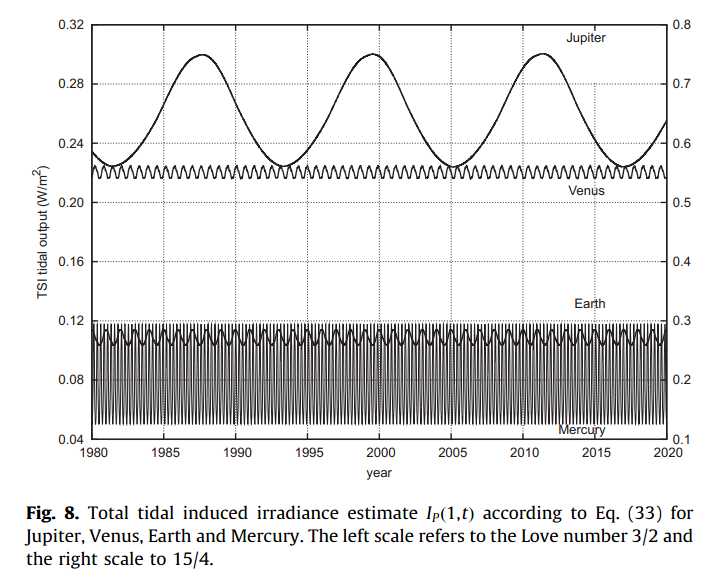
Nicola also discusses the the 11.08-year solar jerk-shock vector cycle and the relevant solar velocity changes that are induced by planetary tidal functions. There is also discussion of the transport function that radiates from the core that is thought to be of one hundred thousand years ( Kelvin–Helmholtz time scale) and is quoted by some as a show stopper for planetary induced changes emanating from the core. Nicola quotes several authors including Wolff & Patrone that show short time frame G-Wave type oscillations that can travel to the Tachocline. NIcola also leaves room for other mechanisms including the solar dynamo that work together to form an all encompassing solar engine. I am a fan of multiple drivers which of course leaves room for solar dynamo breakdown during times of grand minima.
Below are some notes from Nicola.
Numerous empirical evidences suggest that planetary tides may influence solar activity. In particular, it has been shown that: (1) the well-known 11-year Schwabe sunspot number cycle is constrained between the spring tidal period of Jupiter and Saturn, 9.93 year, and the tidal orbital period of Jupiter, 11.86 year, and a model based on these cycles can reconstruct solar dynamics at multiple time scales (Scafetta, in press); (2) a measure of the alignment of Venus, Earth and Jupiter reveals quasi 11.07-year cycles that are well correlated to the 11-year Schwabe solar cycles; and (3) there exists a 11.08 year cyclical recurrence in the solar jerk-shock vector, which is induced mostly by Mercury and Venus. However, Newtonian classical physics has failed to explain the phenomenon. Only by means of a significant nuclear fusion amplification of the tidal gravitational potential energy dissipated in the Sun, may planetary tides produce irradiance output oscillations with a sufficient magnitude to influence solar dynamo processes. Here we explain how a first order magnification factor can be roughly calculated using an adaptation of the well-known mass-luminosity relation for main-sequence stars similar to the Sun. This strategy yields a conversion factor between the solar luminosity and the potential gravitational power associated to the mass lost by nuclear fusion: the average estimated amplification factor is A=4.25×10^6. We use this magnification factor to evaluate the theoretical luminosity oscillations that planetary tides may potentially stimulate inside the solar core by making its nuclear fusion rate oscillate. By converting the power related to this energy into solar irradiance units at 1 AU we find that the tidal oscillations may be able to theoretically induce an oscillating luminosity increase from 0.05–0.65 W/m2 to 0.25–1.63 W/m2, which is a range compatible with the ACRIM satellite observed total solar irradiance fluctuations. In conclusion, the Sun, by means of its nuclear active core, may be working as a great amplifier of the small planetary tidal energy dissipated in it. The amplified signal should be sufficiently energetic to synchronize solar dynamics with the planetary frequencies and activate internal resonance mechanisms, which then generate and interfere with the solar dynamo cycle to shape solar dynamics, as further explained in Scafetta (in press). A section is devoted to explain how the traditional objections to the planetary theory of solar variation can be rebutted.
Closely related papers:
Scafetta N., 2012. Multi-scale harmonic model for solar and climate cyclical variation throughout the Holocene based on Jupiter–Saturn tidal frequencies plus the 11-year solar dynamo cycle. Journal of Atmospheric and Solar-Terrestrial Physics 80, 296–311.
Scafetta N., 2012. Testing an astronomically based decadal-scale empirical harmonic climate model versus the IPCC (2007) general circulation climate models. Journal of Atmospheric and Solar-Terrestrial Physics 80, 124–137.
Scafetta N., 2012. A shared frequency set between the historical mid-latitude aurora records and the global surface temperature.
Journal of Atmospheric and Solar-Terrestrial Physics 74, 145-163.
Scafetta N., 2010. Empirical evidence for a celestial origin of the climate oscillations and its implications Original Research Article
Journal of Atmospheric and Solar-Terrestrial Physics 72, 951-970.
Scafetta N., 2009. Empirical analysis of the solar contribution to global mean air surface temperature change Original Research Article
Journal of Atmospheric and Solar-Terrestrial Physics 71, 1916-1923.
Best regards
Nicola Scafetta


